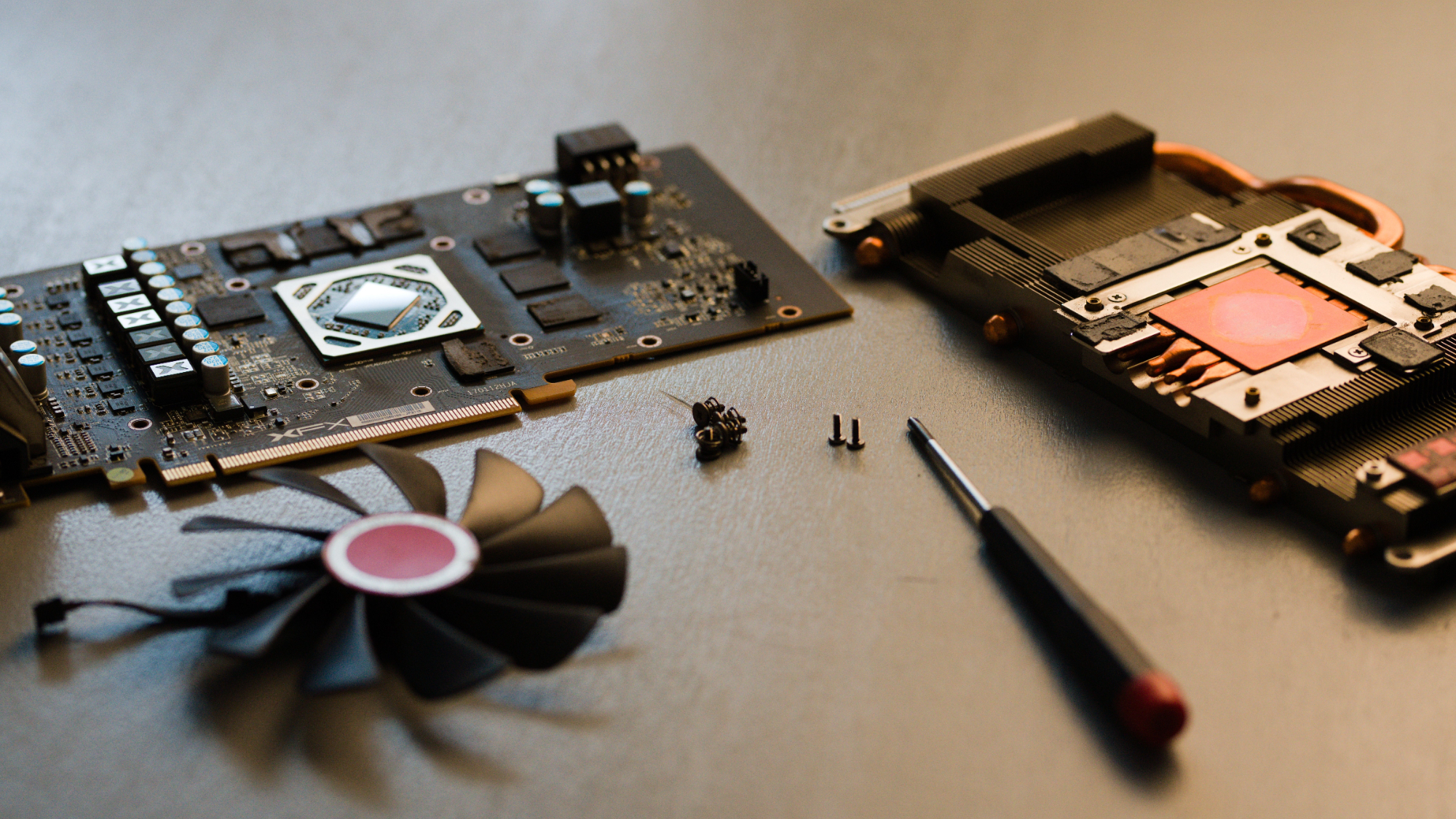Considering the multitude of Nvidia and AMD third-party GPUs that come with different designs and sizes, GPU sag is an undeniable issue (even if the recent RTX 5000 series has largely been a move in the right direction from the comically large RTX 4090). Fortunately, a popular GPU and motherboard manufacturer has introduced a solution – well, sort of.
As reported by VideoCardz, Asus’ ROG Astral RTX 5000 series GPUs have an ‘Equipment Installation Check’ feature within the GPU Tweak III software, which alerts users if their GPU has tilted or moved out of place. This is made possible thanks to a built-in gyroscope and accelerometer, effectively helping detect GPU sag.
The strange thing is that this feature hasn’t been included in any of the ROG Astral GPU marketing. GPU Tweak III, a GPU monitoring and tuning software, has several features to prevent issues, such as Power Detector+, which indicates any potential issues with the 12VHPWR cable – but this GPU sag preventative measure was only just discovered by users.
This is perhaps even more baffling: according to Asus forums, the Equipment Installation Check feature is no longer available in the latest version of the software. Whether the omission was entirely intentional is unclear at this moment, but it’s a feature that GPU and motherboard manufacturers should consider including going forward.

I see this as nothing but a win, and I’m hoping other manufacturers can follow suit…
There’s nothing worse than finding your PC components damaged due to cases of oversight or necessary precautions being forgotten: that’s why GPU sag should be taken far more seriously.
Fortunately, I’ve never had it happen to me since I made it my priority to obtain a good anti-sag stand (I’m using a fairly chunky GPU), but it’s easy to see the potential damage to the PCIe slot or the GPU itself in the long run if there isn’t any support inside your case for a heavy graphics card.
It’s a different conversation if you’re using a GPU riser cable (in a mini-ITX build, for example) as the card can be placed vertically to alleviate concerns of sag – but good luck placing some of today’s modern beefy third-party GPUs in those cases.
Of course, this won’t apply to all GPU owners, as it seems the heavier GPUs are mostly third-party high-end offerings to compensate for cooling: prime examples are my current GPU, the Asus TUF RTX 4080 Super, a triple-slot card, and the ROG Astral RTX 5090.
It’s good to see that Asus even thought about a feature to at least notify users of any sag or movement: in my experience, it’s not always easy to tell if your GPU is sagging, so while some might see it as a nonsensical addition, I’d argue it’s one worth applauding.
However, it’s gone at the moment and no one knows if it will return: if it doesn’t come back (which I’ll be shocked by), then I’ll be hoping other GPU manufacturers have at the very least taken note.
You may also like…
- Nvidia’s rumored RTX 5080 Super could feature 24GB of VRAM – could it be enough to match the RTX 4090’s performance?
- Nvidia and AMD are going to hate me for this – but I’m going to keep telling people not to buy overpriced GPUs
- Nvidia’s RTX 5060 8GB GPU is rumored to launch at $299 – but history suggests it will cost more at retailers
